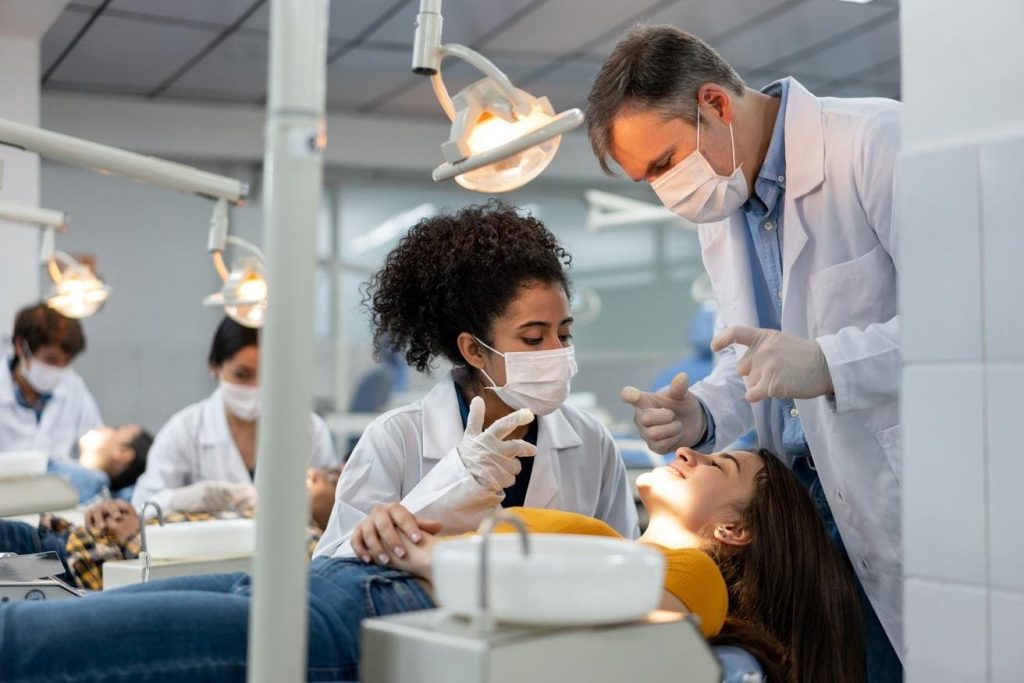The dental industry has historically been slow to adopt technology, however, it is rapidly catching up to the rest of the healthcare sector. Cindy Roark, DMD, MS, Chief Clinical Officer & SVP at Sage Dental and a member of Harvard School of Dental Medicine’s Board of Fellows, is seeing the implementation of cutting-edge technology to enhance the patient care experience. There is a need to maintain consistency in the use of these solutions across the industry to ensure diagnostic accuracy and establish a standard of care.
Variability in diagnosis across the dental landscape affects both patients and the business operations of dental practices. To achieve a more consistent standard, dental schools and training programs should incorporate the latest technology into their curriculums. The challenge of variability in diagnosis and treatment planning remains a significant issue in dentistry, impacting patient trust and overall perceptions of the industry. Implementing emerging technologies such as AI imaging and AI-powered chairside diagnostic software can enhance patient trust and diagnostic accuracy, leading to a more standardized approach to dental care.
Revamping dental school curriculums with the right technology is crucial to reducing variability and guesswork among young dental professionals. Intraoral scanning, for example, has become a popular technology that allows for more precise fittings of dental restorations, reducing errors and improving patient outcomes. Involving dental service organizations and private practices in conducting technology reviews can help ensure that the most up-to-date tools are being incorporated into curriculums, ultimately benefiting both students and patients.
The future of dental training lies in teaching students how to leverage the latest tools and technology in their practice. Dental professionals can support dental schools by conducting technology reviews within their organizations, networking with faculty, and creating continued education programs. By staying updated on innovation and teaching students how to effectively use emerging solutions, the dental industry can ensure that graduates are well-equipped for successful careers, patients receive high-quality care, and the industry continues to grow. The importance of incorporating advanced technology into dental school curriculums cannot be overstated in achieving a more consistent standard of care across the industry.


